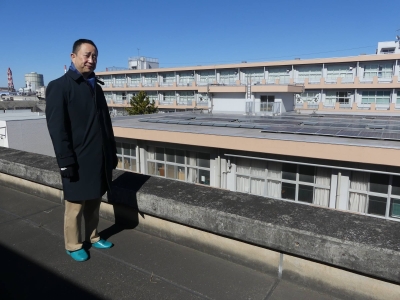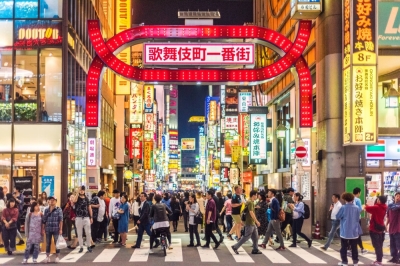This summer tied with last year’s for Japan’s hottest on record, with the three months between June and August being 1.76 degrees Celsius hotter than average, the Meteorological Agency said Monday.
The second-hottest summer was in 2010, when it was 1.08 C higher than average, illustrating the extent of the heat this year and last as well as the upward creep in temperatures due to climate change. National records began in 1898.
Western Japan, which includes Osaka Prefecture, and the Okinawa and Amami islands experienced their hottest summers since regional records began in 1946 — with disparities of 1.4 C and 0.9 C, respectively, compared with the 1991-2020 average, a period when warming was already well underway. Meanwhile, eastern Japan, which includes cities such as Tokyo, saw temperatures that were 1.7 C higher than the average.
Hokkaido and the Tohoku region experienced a hotter summer during the period, with temperatures being 2.3 C higher than average, the weather agency said.
Extremely hot days, defined as those when the highest temperature hits 35 C and above, were recorded at 5,272 locations in August — the highest number for a single month since the calculation methods were changed in 2010 — according to calculations by The Japan Times based on agency data.
For July and August combined, the number of locations that experienced extremely hot days reached 8,781, compared with 6,685 for that period in 2023, making it the highest figure.
“Throughout the summer, warm air tended to cover the entire country, and from July to August, a Pacific high pressure system mainly covered western Japan, resulting in clear skies and strong sunlight. As a result, the average temperature during the summer was considerably high nationwide,” the weather agency said.
Rainfall was also significantly high in August, particularly on the Pacific side of eastern Japan, which saw the highest amount for the month since statistics began in 1946. The figure was heavily influenced by Typhoon Shanshan, known in Japan as Typhoon No. 10, and moist air, the agency said.
The number of people taken to hospital by ambulance due to suspected heatstroke reached 73,068 during the period from July 1 to Aug. 25, according to preliminary data from the Fire and Disaster Management Agency. In 2023, the number of such cases for July and August combined was 71,384.
The scorching heat is also shifting consumers’ spending habits, with outlays increasing in certain areas as people try to cope with the heat. A Teikoku Databank survey published on Aug. 26 estimated that spending in Tokyo this summer increased ¥3,122 ($21.39) per household this summer compared with what would be expected based on the average temperature for the season between 1991 and 2020, translating to a total increase of ¥39 billion.
While demands for grains and seafood went down, spending on beverages, sweets and prepared foods that do not require cooking saw a significant increase, leading to a total increase of ¥14.9 billion in food-related spending. Spending on health care, mainly due to services related to heatstroke prevention, increased by ¥5.9 billion.
Spending on furniture and household items, such as air conditioning units, rose by approximately ¥8.4 billion.
Tsuyoshi Kubota, an analyst at Teikoku Databank, said he expects similar trends to be observed outside of Tokyo as well, and that such spending is expected to continue if the high temperatures linger on into the fall. The Meteorological Agency has said it expects high, unseasonal temperatures to run through the end of October.
“Compared with a typical September, I think we will see an increase in household spending due to the heat,” Kubota said. “However, if (the heat) continues for too long, it will get to a point where people need to start cutting back.”































With your current subscription plan you can comment on stories. However, before writing your first comment, please create a display name in the Profile section of your subscriber account page.